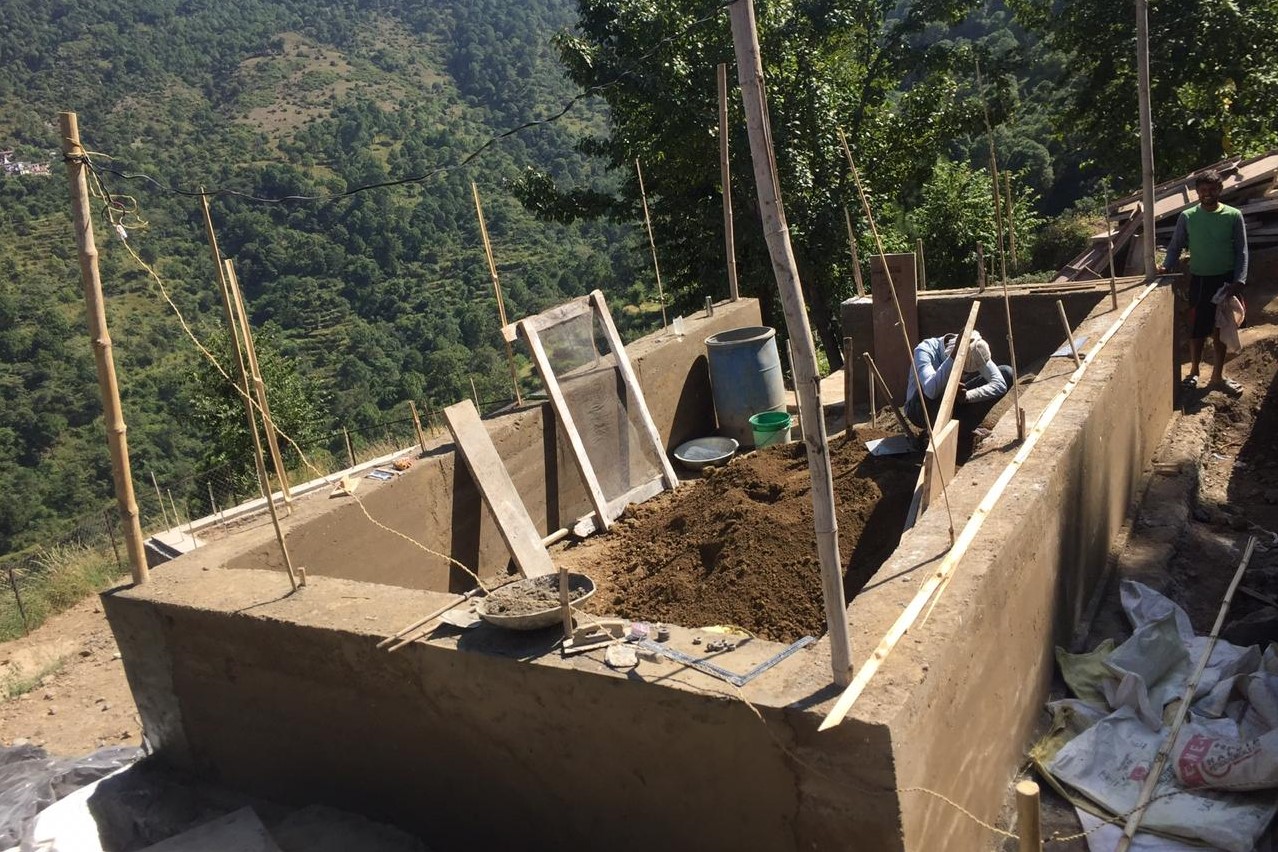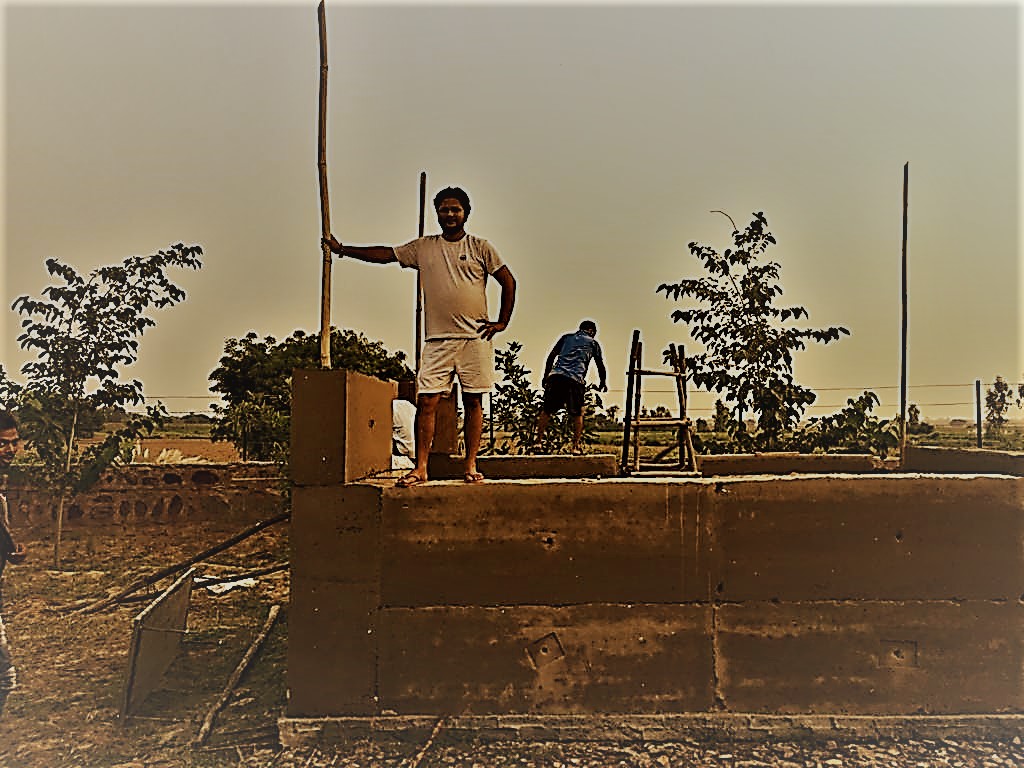

In the construction industry, mud is a semi-fluid material that can be used to coat, seal, or adhere materials. Depending on the composition of the mud, it can be referred by many different names, including slurry, mortar, plaster, stucco, and concrete.
A mud house is a building construction that makes use of soil excavated from the land where the house is built. This soil is enhanced by natural additives that are locally available like rice husk, paddy straw, etc.
Mud has other inherent advantages: It is extremely malleable and offers better insulation than steel-and-concrete structures, it decentralises the construction process because it utilises local material and technology and thereby obviates the need for a contractor, and it costs much less to maintain mud buildings.
Traditionally, mud structures have a high plinth to prevent water-logging and a sloping thatch or tile roof that extends sufficiently to protect the walls from rain. In many parts of the world, including India, the roof is supported by wooden beams and it is made of thatch or bamboo matting with mud plastered on it.
Mud and clay cools the house. The houses in rural areas are built with bricks and mud so as to keep the houses warm in winters and cool in summers. Since these materials are poor conductors of heat, they do not allow heat to pass through them easily.
In the hilly areas, houses with sloping roofs are preferred so that snow and water may slip down. Besides, stones are easily available there than sand. Hence stones are mostly used to build houses in these areas.
Mud has other inherent advantages: It is extremely malleable and offers better insulation than steel-and-concrete structures, it decentralises the construction process because it utilises local material and technology and thereby obviates the need for a contractor, and it costs much less to maintain mud buildings.
Building mud houses is more art than science. Earth based houses are naturally insulated, so they will be cool in summers and warm in winters. They are extremely strong if constructed correctly, and proponents of earth houses claim they are resistant to earthquakes.
Contrary to popular belief mud bricks are not good insulators. Since they are extremely dense they lack the ability to trap air within their structure, the attribute of bulk insulation that allows it to resist the transfer of heat.
A mud house is a building construction that makes use of soil excavated from the land where the house is built. This soil is enhanced by natural additives that are locally available like rice husk, paddy straw, etc.
mud houses have thatched roofs. The insulating effect of the thatch prevents heat getting in very quickly (cool in summer) and heat getting out very quickly (warm in winter). Secondly, mud houses are made up of mud, which has large pores. ... As evaporation causes cooling, mud houses feel cooler in summers.
People of hilly areas build house with sloping roofs because when snow falls on roof it can slip down easily from the roof. All the houses in hilly areas have sloping roof so that snow will not accumulate on the roof and put excess pressure on it to cause damage to the roof.
The houses in rural areas are built with bricks and mud so as to keep the houses warm in winters and cool in summers. It will not allow heat to pass through them thus during winter the warm air which is already there will not escape as muds are poor conductors of heat.
Lime plasters are waterproof in the sense that they do not get soft when soaked, but they are also very breathable.